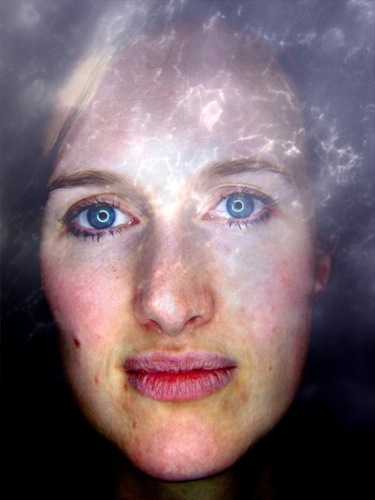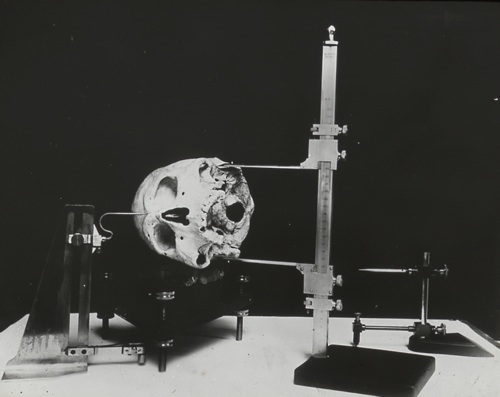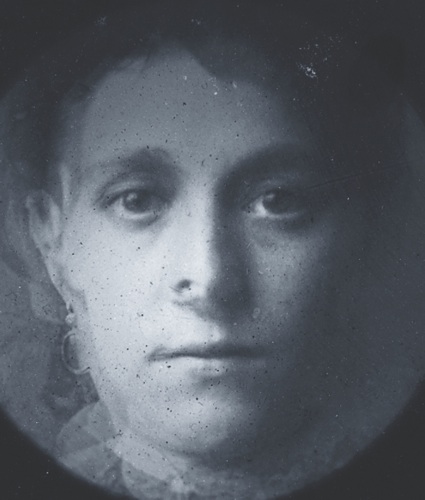Francis Galton was Charles Darwin’s cousin and during his lifetime just as celebrated. A polymath, many of his ideas and discoveries are still around today: Galton made the first twin studies; was the founder of modern genetics; founded anthropometrics and psychometrics; showed how fingerprints could be used in police work; discovered the basis of all modern statistics; coined the phrase “nature versus nurture”; pioneered human behavioural study; established the science behind biometrics and bioinformatics and founded the basis of iris recognition. But one hundred years on from Galton’s death he is almost forgotten, because of one word – eugenics. Galton took his cousin’s concept of evolution and argued that through selective breeding humankind could be improved. He obsessively calculated the differences between class, gender and race to create his theory of eugenics. In late Victorian Britain this idea was widely acclaimed across the political spectrum, but after his death in 1911 Galton’s theories formed the basis of forced sterilisation and ultimately to the horrors of the Nazi genocide. Despite this, Galton remains a figure of fascination.
In 2011, the centenary of his death, UCL Galton Collection curator Natasha McEnroe granted me access to the Galton archive for a sustained period of study. In response to several objects in the collection, namely the composite typologies and the glass eye collection, I developed a short film and a series of large-scale photographic ‘thought portraits’. With the working title ‘Variance’, a term derived from Galton’s pioneering work on statistics, I created a series of antithetical ‘typologies’ that incorporate scanning and confocal electron microscopy images of brain activity. The confocal images were made during my Science and Art Research Fellowship with Cardiff Neuroscience Research Group, and are characteristic of a new generation of highly evocative and technologically complex brain imaging ‘snapshots’. Just as variance suggests variation, difference, and departure from the norm, so too modern neuroscience is finding that despite the claims of the ‘neuro-realists’ the definitive answers science seeks remain stubbornly elusive and interpretative.
‘Variance’ was part of the ‘Between: embodiment and identity’ programme and has been widely disseminated.
I also developed a piece of wearable technology in the form of a ‘cloak of many eyes’, a surveillance coat based on Galton’s study into iris biometrics which forms the basis of contemporary iris scans. The cloak also alludes to the ‘Rainbow Cloak’ of Elizabeth the 1st with its pattern of all seeing eyes. The cloak was exhibited as part of ‘Wonder Chamber’ (Ffotogallery 2012).
Variance continues my long-standing interest in Galton having studied him as part of my MPhil and PhD investigations and the video Vanitas: Seed Head takes as its inspiration Galton’s post-Mendelian plant studies of family inheritance, and the unspoken narratives implicit in his collection of death masks.
Thanks to Natasha McEnroe and Cardiff Neuroscience Research Centre.




